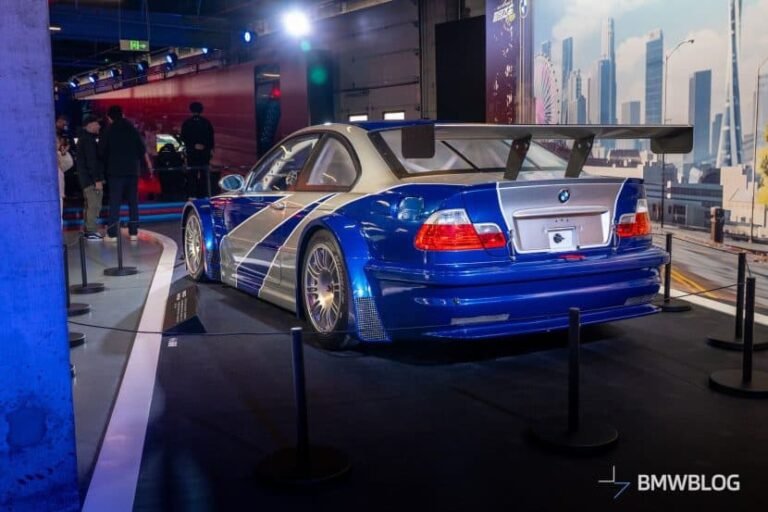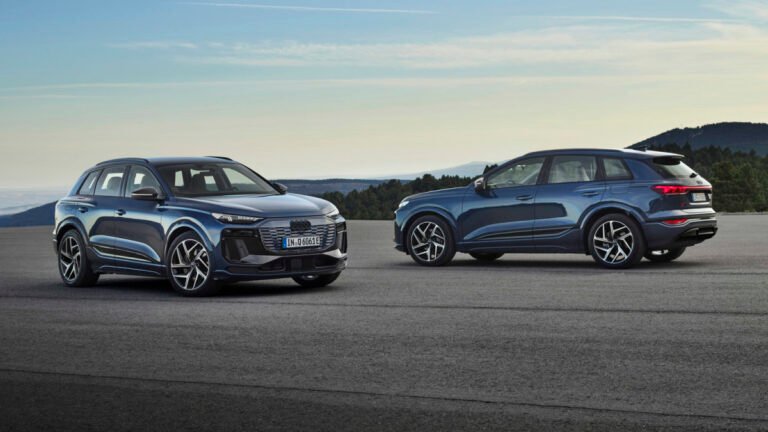
Alfa Romeo and Maserati team up to spread “La Dolce Vita”
Quick. Name Italy’s most famous automotive company. There’s a good chance the word “Ferrari” just echoed across the land. Between its legendary founder, storied racing victories, and stunning road cars, there’s little doubt the House of Maranello has earned its place in the pantheon of global brands.
Which is perhaps why two of that country’s other sports car legends, Alfa Romeo and Maserati – firms with arguably even deeper roots in four-wheeled lore – have just teamed up to remind consumers that there’s more than one option when it comes to sliding an Italian stallion into your garage. Dubbed BottegaFuoriserie, the newly announced venture puts four distinct missions under one roof: creating custom vehicles, anchoring factory-correct restorations, serving racing clients, and nurturing historical artifacts.
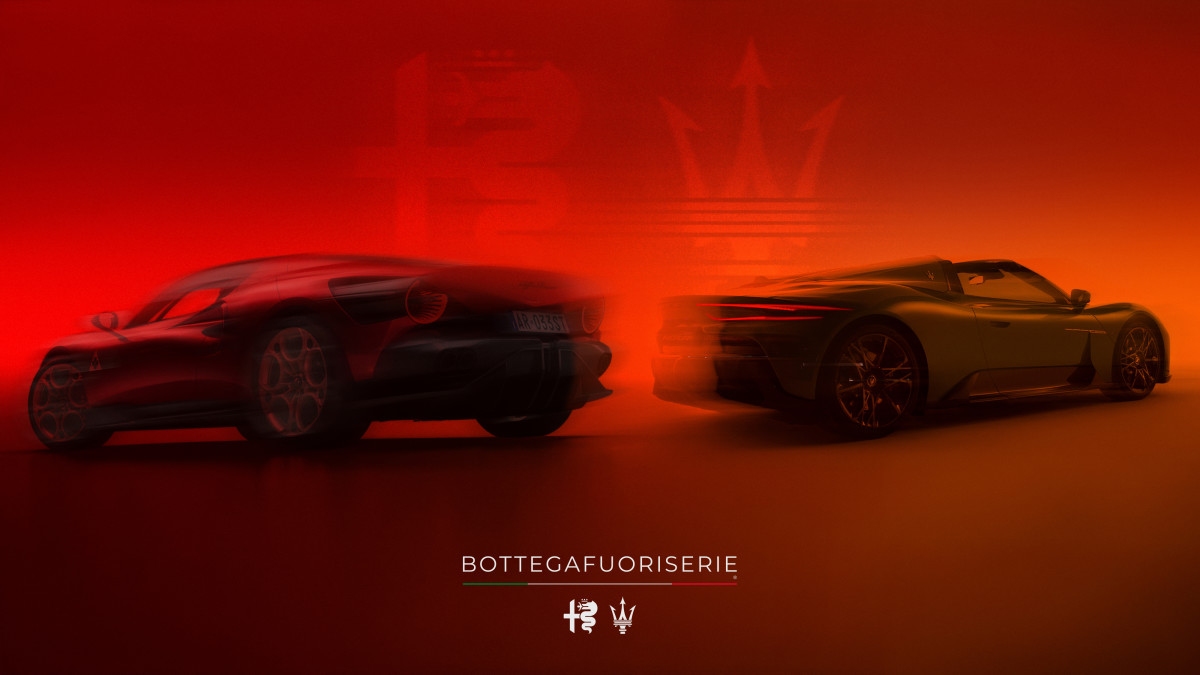
Although based in Milan under Cristiano Fiorio, who will report to Alfa and Maserati leadership, the broader mandate is to help promote the thousands of car-centric companies that make up Italy’s so-called Motor Valley, a broad swath of regions stretching across the top of the Italian boot. “Our mission is clear, which is to honor the legacy of Alfa Romeo and Maserati and to write the next chapter in their history with boldness, beauty, and authenticity,” Fiorio says in a statement.
This is a smart move. American consumers have never snapped up models from either automaker in large numbers, and there were plenty of years when the two marques didn’t even bother to sell their wares on our shores. Contrast that with Ferrari, which has been patiently and shrewdly building on its exclusivity for decades with programs such as Tailor Made (which provides bespoke design options to buyers), Corse Clienti (a division dedicated to hot-shoe customers), Classiche (certification for older models), and any number of outlets to celebrate its history (from Italian museums to Abu Dhabi theme parks).
The two automakers have more pedigree than you might think
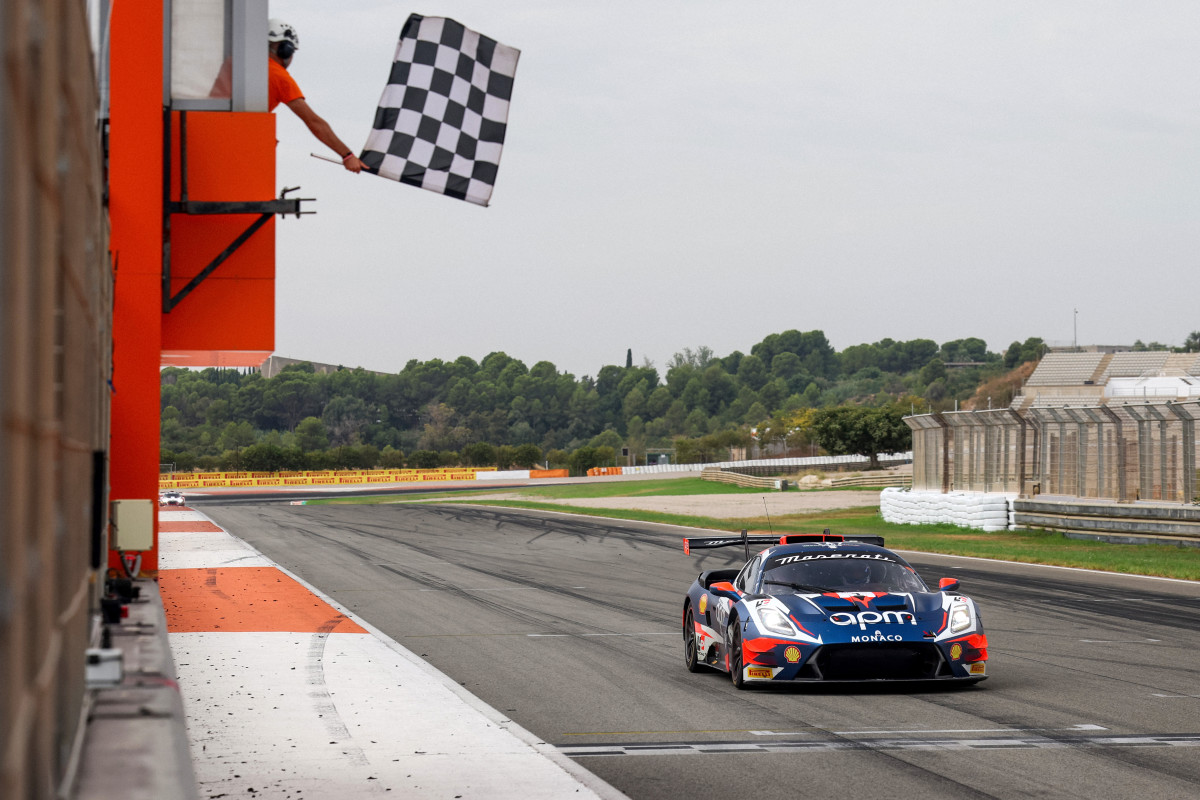
But there are very solid reasons for trying to get people hip to the more legendary sides of Alfa Romeo and Maserati. As famous as Ferrari is on our shores, how many folks know that Enzo Ferrari got his start in racing as a driver for Alfa Romeo? Or that there are few more famous racing cars in the annals of motorsport than the epic Maserati Tipo 60 of 1960, driven by Sir Stirling Moss and better known as the Birdcage thanks to its impossibly elegant tube-based support structure underneath its undulating body.
Both these Italian companies have things to celebrate these days as compared to decades back when sleek Alfa Duettos were often in the shop and the Maserati Biturbo sometimes caught fire. Now that they’re both under the Stellantis umbrella, joining forces to both provide economies of scale as well as reinforce their histories of elegant and race-winning machines makes a lot of sense – especially given that Ferrari price points continue to exclude all but the super-wealthy from joining that club.
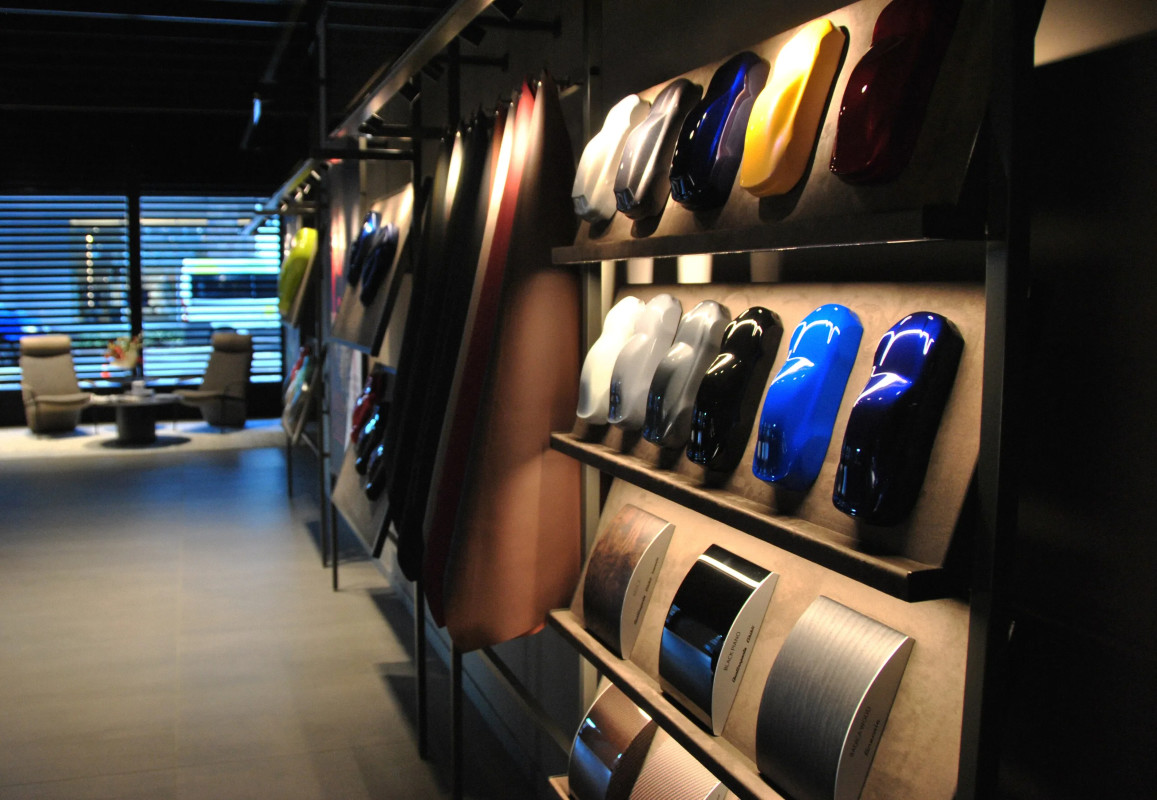
A focus on cars beyond anything else
The mission of the Bottega division of BottegaFuoriserie will focus on creating custom vehicles as well as low-volume collector cars such as the new Alfa Romeo 33 Stradale and the Maserati MCXtrema. Meanwhile, Fuoriserie concentrates on customer personalization of more mass-produced models through dealership representatives. Finally, Corse will target performance and other R&D projects, particularly through racing, while La Storia employees will dedicate themselves to preserving and promoting both brands’ histories.
Calling it a “symbol of a new era for Alfa Romeo and Maserati,” Alfa CEO and Maserati COO Santo Ficili notes that BottegaFuoriserie “represents our unwavering belief in the power of Italian creativity, engineering, and craftsmanship.” Indeed, watching the 14-minute video announcing the new venture is to be repeatedly reminded of Italy’s unparalleled roots in culture-driven design and technology innovations.

You half expect Leonardo da Vinci to be mentioned as a parade of executives from both brands make their pitch in lilting English. Their message: there are cars, and then there are Italian cars. The way they sound, look, and feel is markedly different from their equally legendary competitors from Germany, England, and Japan.
“Performance is an act of culture,” says Fiorio. “Creating beauty is a form of art.” That might sound overblown and florid, but Italians take their car-making that seriously.
Italian cars weren’t always the greatest
In years past, I had relationships with Italian cars from the ‘70s, in particular an old Fiat sedan, followed by a far more dashing and memorable Alfa Romeo Alfetta GTV. The latter was a temperamental machine that generated in me waves of both passion and fury. Trips to the mechanic were frequent, but so were the memorable drives through Southwestern desert landscapes, my hands clutching the wooden steering wheel, eyes fixed on the very Porsche-like centrally mounted tach, and ears elated at the sound of that simple four-cylinder mated to a thundering exhaust. Heaven.

That I then migrated to German cars is perhaps no surprise. The solidity of the builds impressed, the perfection of the parts did, too. But there was something missing, of that I remain sure. There really isn’t anything quite like an Italian sports car, and, again, for those not fortunate enough to park a Prancing Horse in the forecourt, there should be options.
For a long time, those were lacking as both Alfa Romeo and Maserati products weren’t options for U.S. buyers, and the offerings thereafter didn’t instill confidence. Clearly, with a new slate of models in showrooms and in the works, BottegaFuoriserie is all about making sure American auto fans start considering both these iconic hood badges for admission to their stables.
Final thoughts

Alfa Romeo has wisely enticed many Stateside drivers with its mid-size SUV, the Stelvio, while Maserati has not only feted its GranTurismo and GranCabrio models at a party in Modena, but also has been hard at work dreaming up truly special, race-worthy models, such as the MCPura, GT2 Stradale, and MC20. Put very simply, with this new BottegaFuoriserie venture, Alfa Romeo and Maserati have the tools to not just create special vehicles for fans of Italian cars, but also to celebrate and extend a sporting heritage that has been overlooked and overshadowed for far too long.
